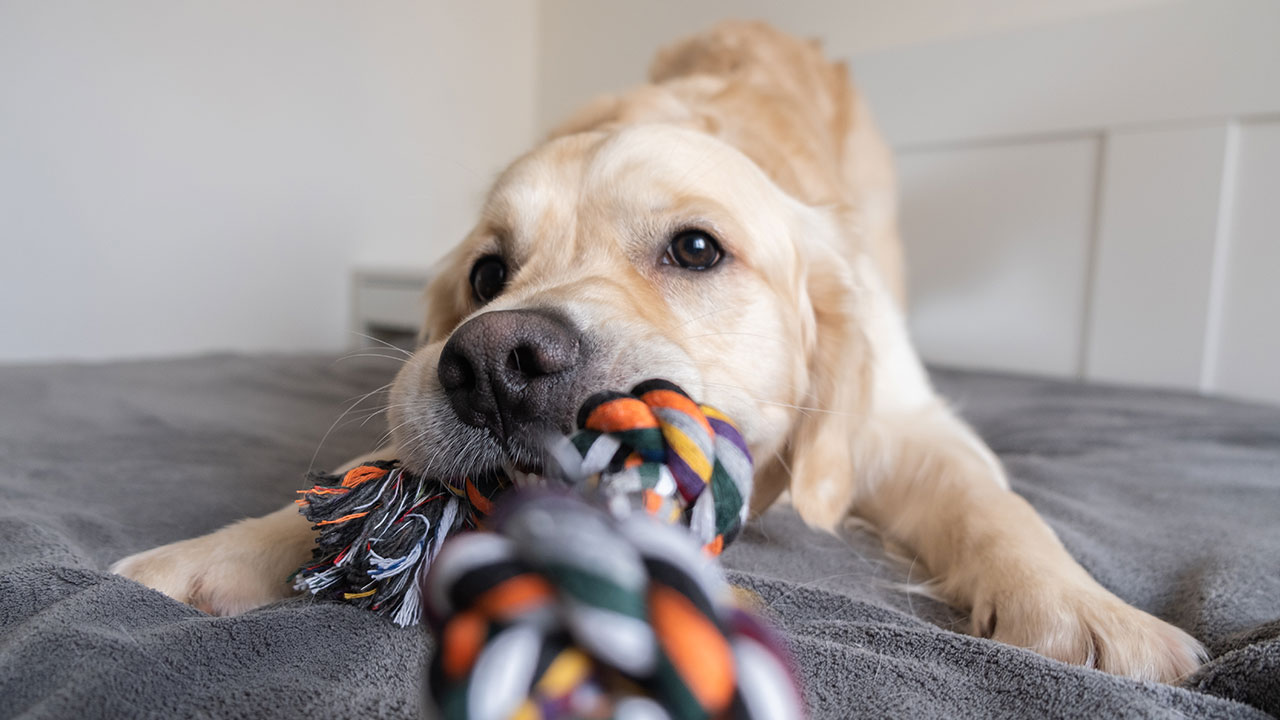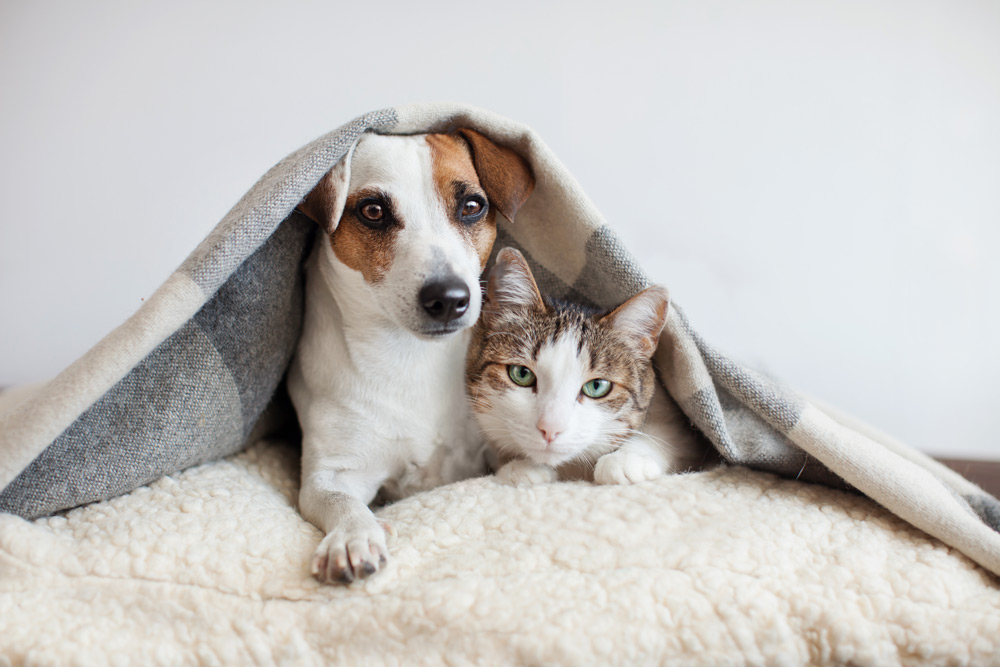You may find this surprising: in the history of mankind, we have only eradicated two diseases —smallpox in humans and rinderpest in cattle. It seems as though all of our technology and intellect is still no match for diseases that wreak havoc, like rabies. We are driven to make rabies a disease that we no longer fear.
We know this will take innovation. We know that we can’t just keep doing what we have done in the past. We have the tools to eradicate rabies, but our biggest challenge is devising a way to develop a new mindset, utilising technology in an entirely cutting-edge way.
As you can imagine, developing a new mindset is not such an easy task. That’s why when we heard about Cornell’s Animal Health Hackathon, we knew we had to be a part of it. Hackathons are sprint-like events designed to bring people together to solve real-world problems.
The Animal Health Hackathon runs in partnership with Cornell’s College of Veterinary Medicine. Students from many colleges in the US come together to create solutions that will improve the lives of animals. They compete against each other for cash prizes, and they come together for the benefit of all. Students have the opportunity to mix and mingle with mentors who share challenges along with real-world insight and guidance. Truly, everyone who participates in such an event wins because everyone gains exposure to innovative thinking, advanced technology, and inventive solutions.
For this reason, we, along with two partners from Mission Rabies and the CDC, traveled to Ithaca, New York, on a Friday evening in January to participate in the Animal Health Hackathon. Ithaca may be lovely, but in January it is also extremely cold. You need a good reason to be there! We felt we had a great reason as we had provided three challenges: one on rabies, one for disease surveillance, and one to devise a global vaccine bank.
We all met in the eHub—over 70 mentors and over 100 students from many fields. The energy was palpable. The students had seen the challenges previously, and this was the first time we were going to hear how they thought they were going to tackle them. In addition to our three challenges, there were approximately 15 more set by other experts in different areas of animal health. This was our first moment of real tension. It suddenly became clear that the students got to choose which challenges they would do, which meant that it was possible that our challenges wouldn’t be taken up. It was a nervous hour before one team, the Erabdicators, announced that they were up for the rabies challenge. We were so relieved!
We know that we can break the disease cycle and stop rabies in humans and animals if we vaccinate over 70% of dogs against rabies. We also know that getting to that target is difficult. Catching feral dogs is hard work that takes a significant amount of time and skill. The challenge was to find ways to increase the rate of vaccination in Africa.
The teams worked on their initial ideas on Friday evening. On Saturday morning, they pitched those ideas to us, the mentors. We could then go and talk to any teams that we thought we might be able to help. Although there was an element of competition between the teams, sharing ideas and supporting everyone was important. We had another pitch session on Saturday evening, and a team that had been working on a different problem suddenly decided to focus on rabies as well, and we had our second team, “Team Bumblebot.”
Since it was an animal event, dogs were welcome to attend, which meant when things got tense, there was always a dog to pet. There was such an amazing buzz in the air with the dogs, constant food and drink, including sweets, cookies, cakes, and crisps, along with music and the energy that surfaces when everyone is working together, and ideas are taking shape. As mentors, we answered questions and explained real-world problems, but we were careful not to push the teams toward solutions. Every team was responsible for creating new solutions on their own.
The “Erabdicators” designed a field station that would release a dose of oral rabies vaccine. One of the problems with oral rabies vaccines is that they can’t be left lying around where they could be picked up by children. The clever approach taken by this team was that the filed station would have food for feral dogs when the dog put its muzzle in the feed tray then a camera would take a photo of its nose. It turns out that a dog nose print is as unique as a human fingerprint! If the analyzing computer decided the dog was new it would release a dose of oral vaccine but, if the dog was recognized from a previous visit, then no vaccine would be given.
Team Bumblebot took a different approach utilizing drone technology. The drones would be equipped with a video camera feed and a vaccination syringe. A computer would analyze the camera feed, and if a dog was spotted, then the drone would fly down and vaccinate it. The drone would return to a base station to refill the vaccine and change the needle before going off again.
The teams presented their final ideas on Sunday. Their marketing plans were incredible. Our marketers would have been proud of them! The five dogs that had been around all weekend were able to demonstrate some of the prototypes, although one of them was not impressed by the whole idea of modeling a vest for carrying iv drips bags.
We would be lying to if we said that we weren’t disappointed when neither of our teams “won” the event. However, the winning team offered an amazing invention. Oil spills in the seas and oceans are a major hazard to wildlife. Cleaning oil off of birds is hard work, time- consuming, and stressful for the bird. It takes three people approximately 45 minutes to wash a bird which is considered a long time for a wild bird to be handled. The winning team, “Lean Preen Machine,” devised a sonifier that would use wave motion to remove the oil, requiring fewer people and taking minutes while carefully calibrated so that the waves wouldn’t harm delicate bird bones. This will be a game changer.
The approaches from “our” teams will take a bit longer to get into the field. However, using drones to vaccinate dogs, and nose print recognition for oral rabies vaccines is not as far- fetched as you might imagine. We will keep working with them.
We are determined to make a difference in human and animal health. We know we can’t do it alone, however working together, bringing innovation, we will achieve it.
Looking for a Vet?
Your veterinarian plays a big role in your pet’s health. Input your location information and get a list of veterinarians near you.
Find A Vet Near Me





 Go To United States
Go To United States Austria
Austria Belgium
Belgium Czech Republic
Czech Republic Denmark
Denmark Europe
Europe Finland
Finland France
France Germany
Germany Greece
Greece Hungary
Hungary Ireland
Ireland Israel
Israel Italy
Italy Netherlands
Netherlands Norway
Norway Poland
Poland Portugal
Portugal Romania
Romania Slovakia
Slovakia Spain
Spain Sweden
Sweden Turkey
Turkey United Kingdom
United Kingdom